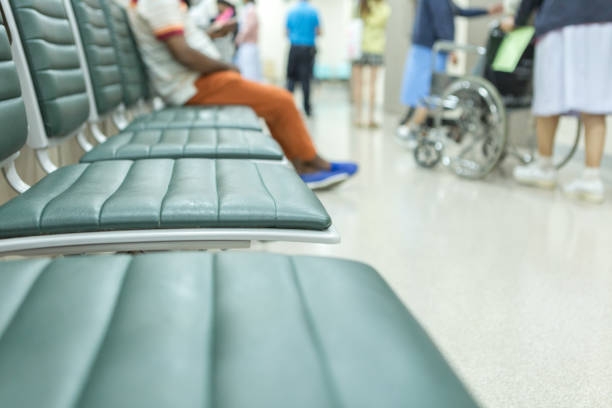
Pediatric cancer prognoses have improved greatly in recent years, but treatments have long-term side effects. Starting this fall, the VIE project, which aims to improve the quality of life of childhood cancer survivors through healthy lifestyle habits, will be expanded to all pediatric oncology centres in Quebec.
More than 80 per cent of children and adolescents with cancer hope to be cured. However, two-thirds of young people who survive will later suffer from the impacts of the treatment they received.
This type of fairly aggressive treatment can last for two years, for example, in those with leukemia, the most common form of childhood cancer.
While still growing, young people may later develop neurocognitive, endocrine and cardiometabolic complications such as hypertension or prediabetes.
“We weren’t the first to find it, but we were the first to find that it was happening so young. These people are at greater risk of having various health complications later in life because they were treated for cancer when they were children,” explained Université de Montréal professor and VIE project founder Valérie Marcil.
Cancer treatments can cause tastebud changes or malnutrition. Medications can also cause significant weight gain.
“Lifestyle habits are never magic,” said Marcil. She pointed out that the side effects are serious and it’s difficult to maintain good lifestyle habits during a difficult time in their lives.
“These are ultra-powerful drugs, so it’s certainly not by eating apples that we’re going to solve the problem,” the researcher acknowledged. She works with families through therapy and cooking workshops to encourage a balanced diet and to bring back the pleasure of eating.
Marcil is convinced that interventions focused on healthy lifestyle habits will have long-term benefits on cardiometabolic health, which she hopes to demonstrate in a future study.
A program for teenagers
The VIE project was introduced at the CHU Sainte-Justine in Montreal. Since its launch in 2018, it has helped many families navigate the challenges of a cancer diagnosis during treatment and beyond.
The program has three components: nutritional, physical activity and psychosocial. At CHU Sainte-Justine, the multidisciplinary team is made up of oncologists, physiotherapists, kinesiologists, nutritionists, occupational therapists, and social workers.
The psychosocial component focuses on problem-solving therapy. It takes place with the child and parents during a period when they may feel like they are losing control, says Marcil.
For the physical activity aspect, the goal is to support patients who do not necessarily have a severe condition.
“’Easy’ cancers are often left aside,” said Marcil. “Young people who undergo surgery or amputation will be taken care of but someone who is doing well, we tend to forget them, but they are still at risk of developing complications in the longer term.”
The VIE project is currently being developed with other centres so that they can adapt the program to their specificities.
It will be made available this year at the CHU de Québec−Université Laval, the CHU de Sherbrooke and the Montreal Children’s Hospital.
For now, families are followed for a year, but Marcil wants to follow families punctually over a longer period.
At CHU Sainte-Justine, a similar project is also being developed for adolescents.
Marcil explained that teenagers are rarely interested in family interventions.
“Not only do they respond less well to interventions more aimed at families, but they are more affected than those who were treated at a younger age. When we are treated as a teenager, it affects our cardiometabolic health even more,” said Marcil.
The project for adolescents is set up in collaboration with former participants in the VIE project.
—
The Canadian Press’ health content is funded through a partnership with the Canadian Medical Association. Editorial choices are solely the responsibility of The Canadian Press.
–This report by La Presse Canadienne was translated by CityNews